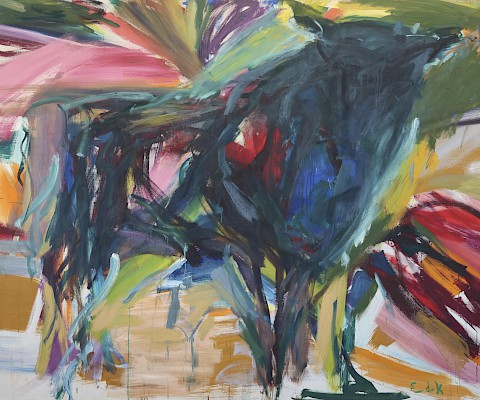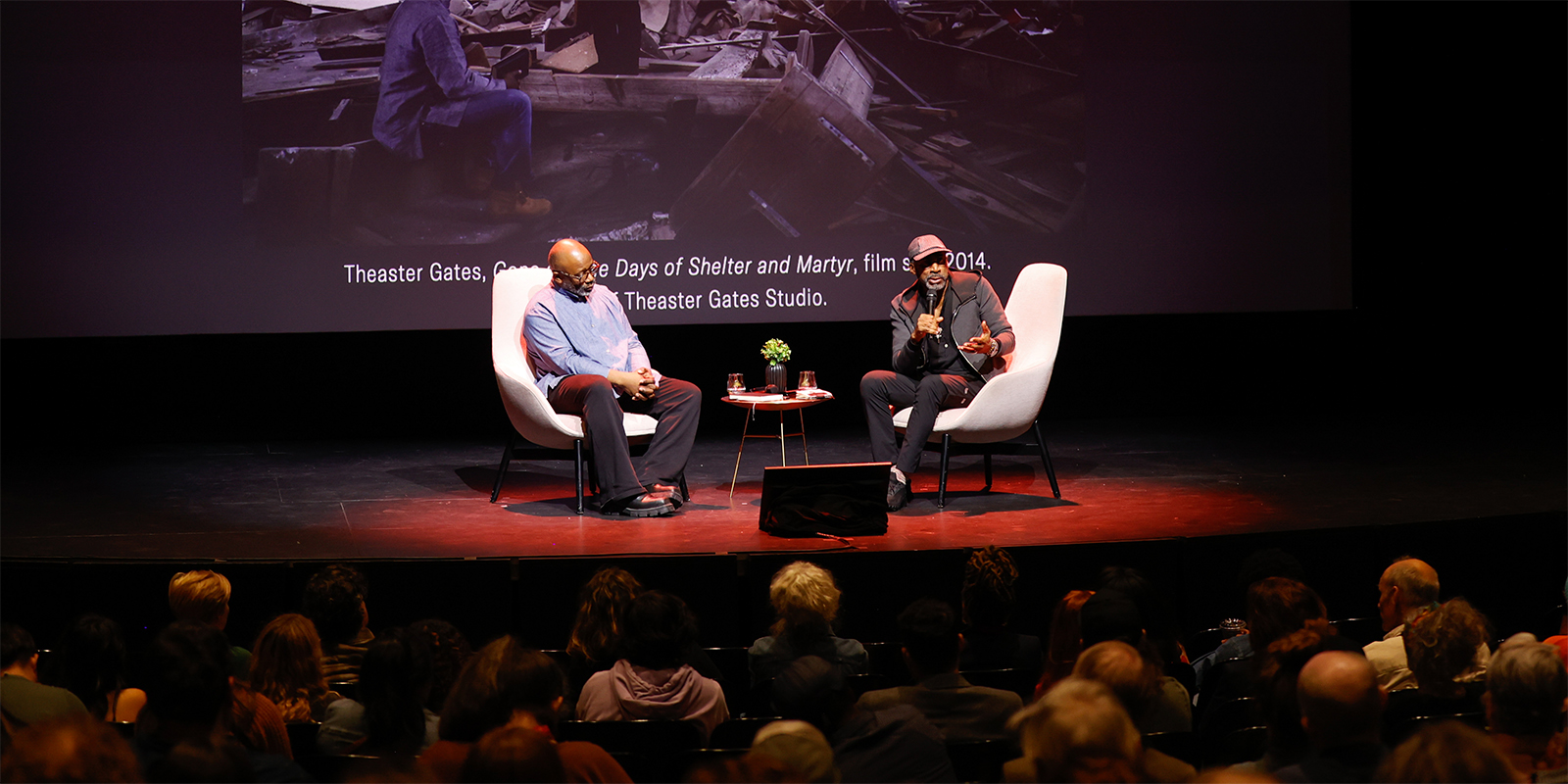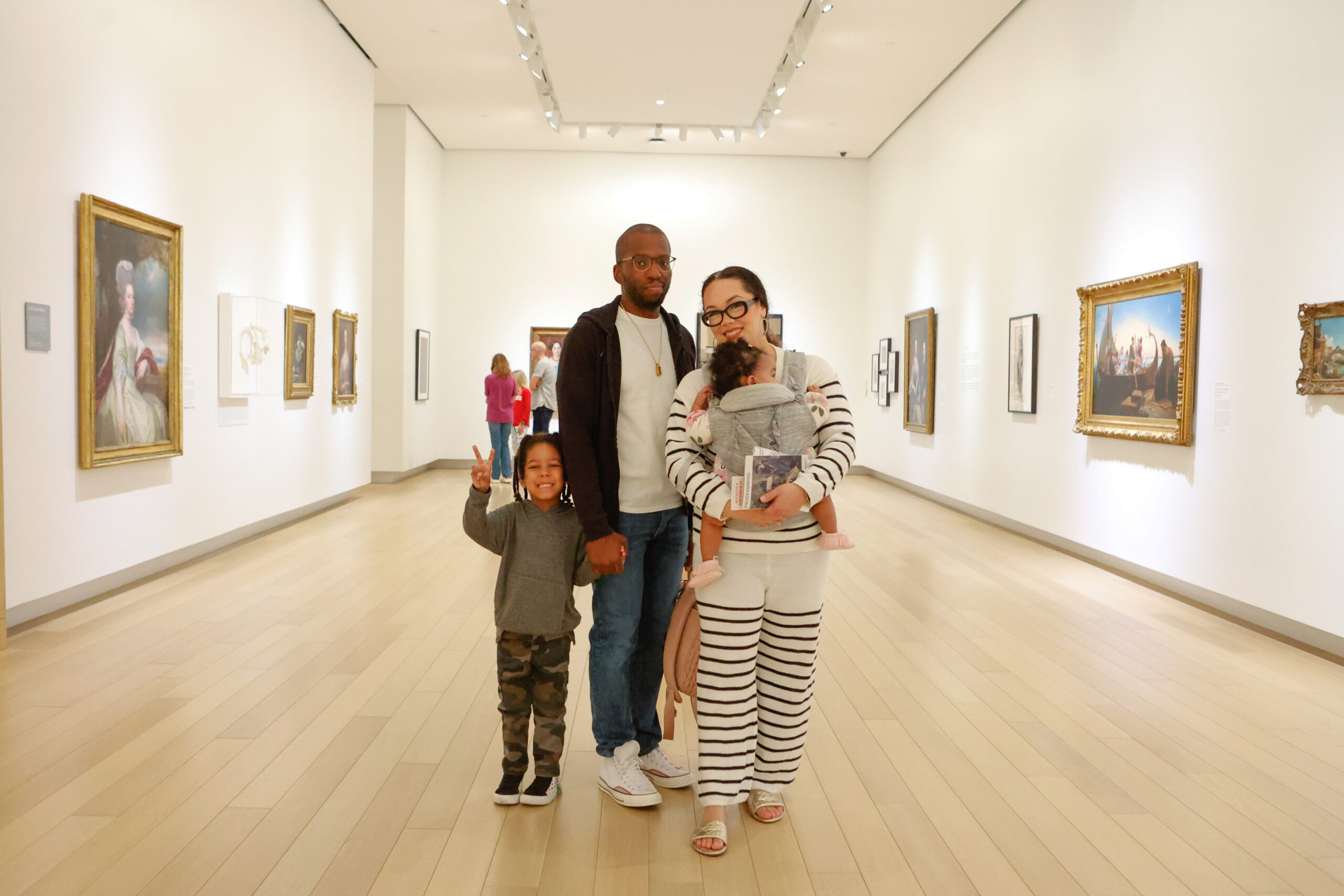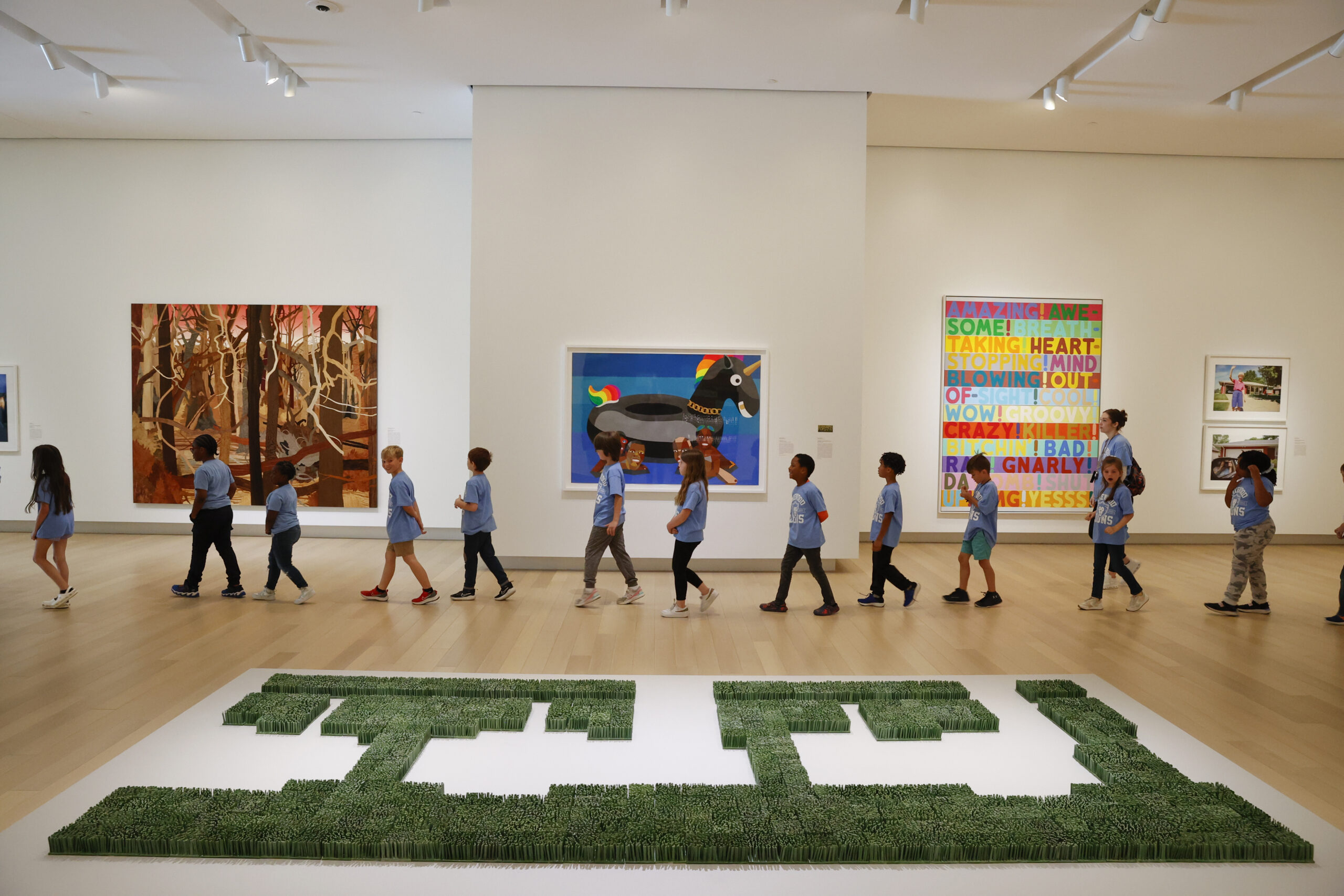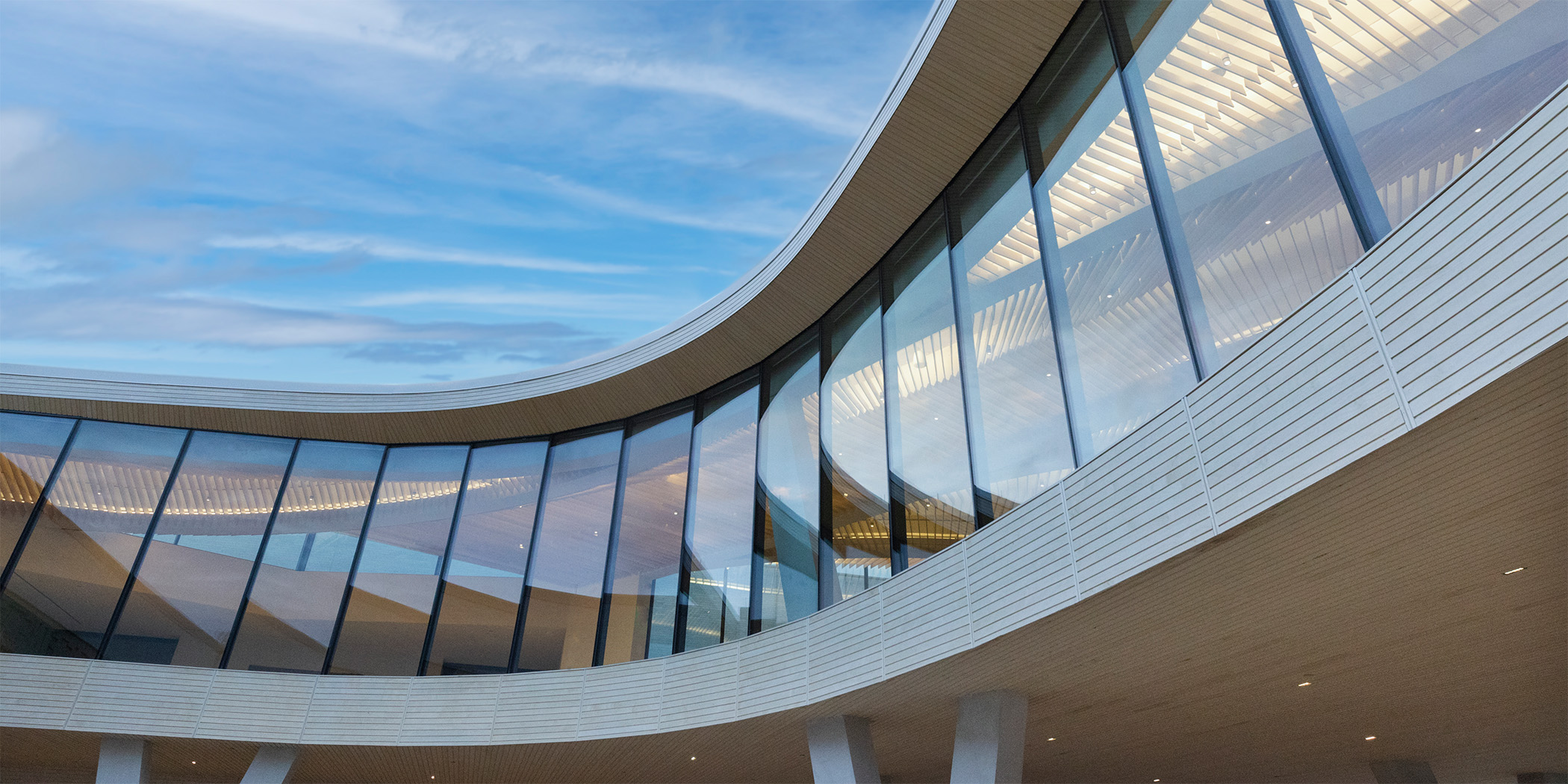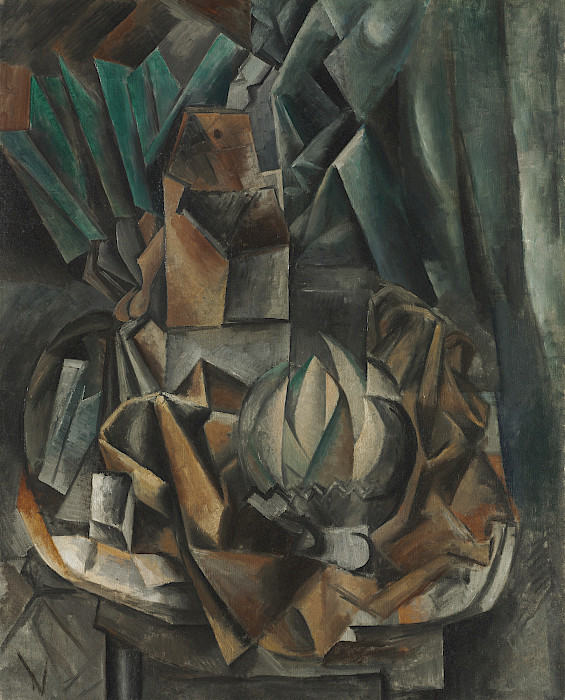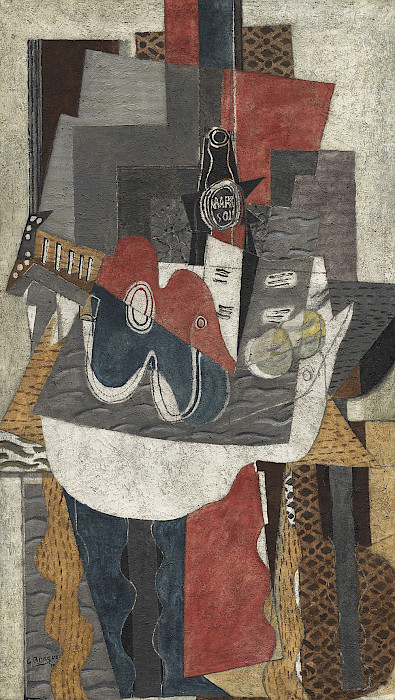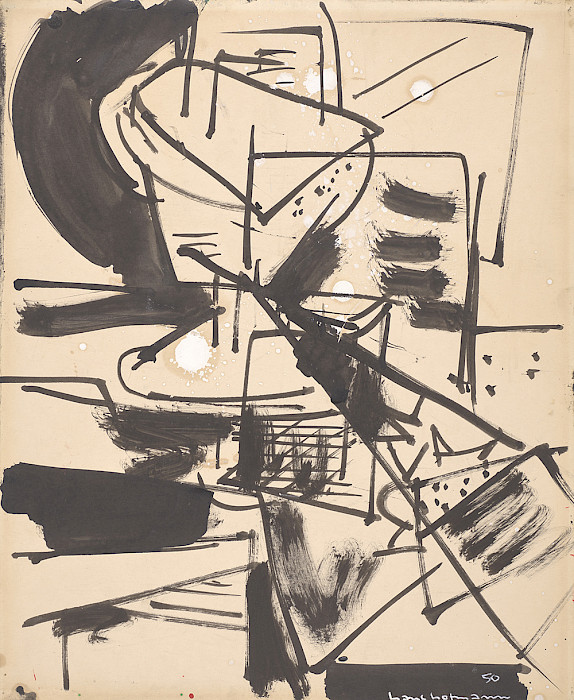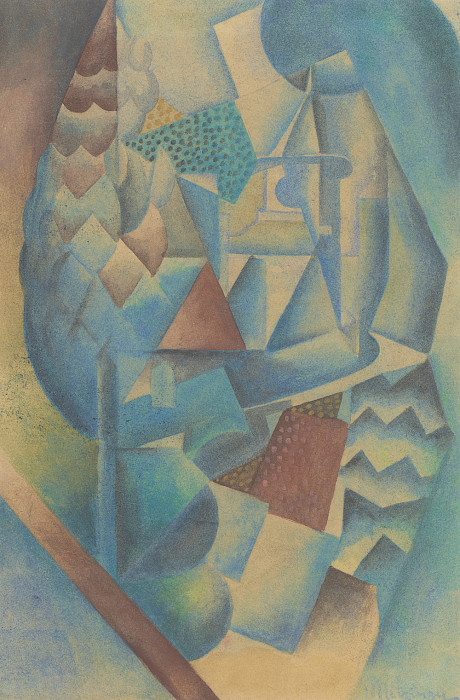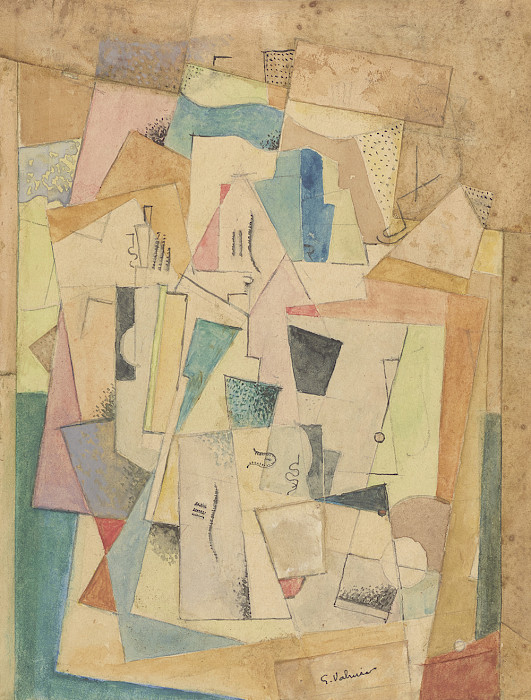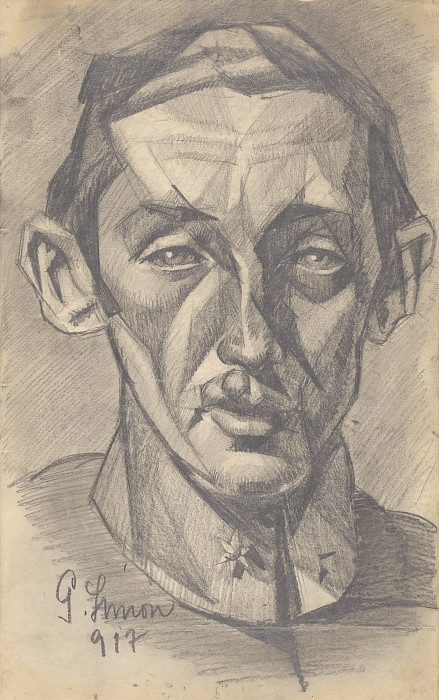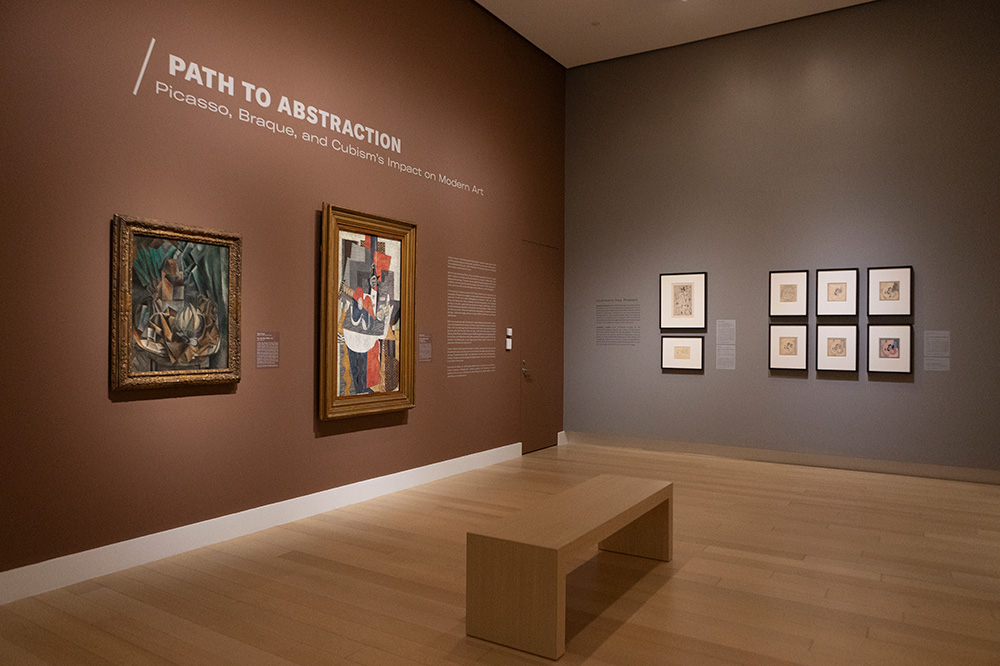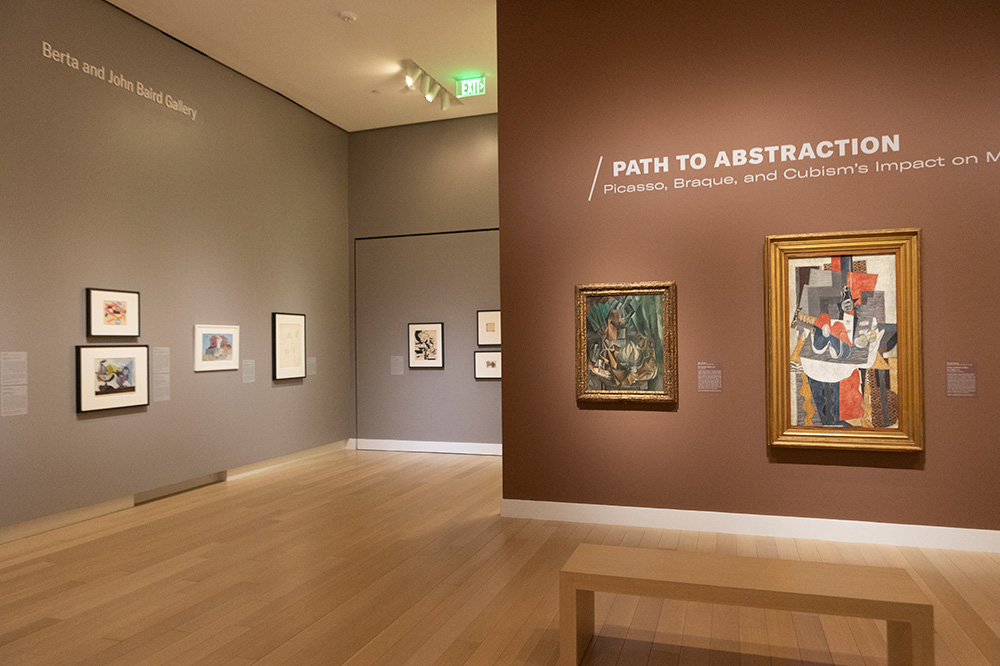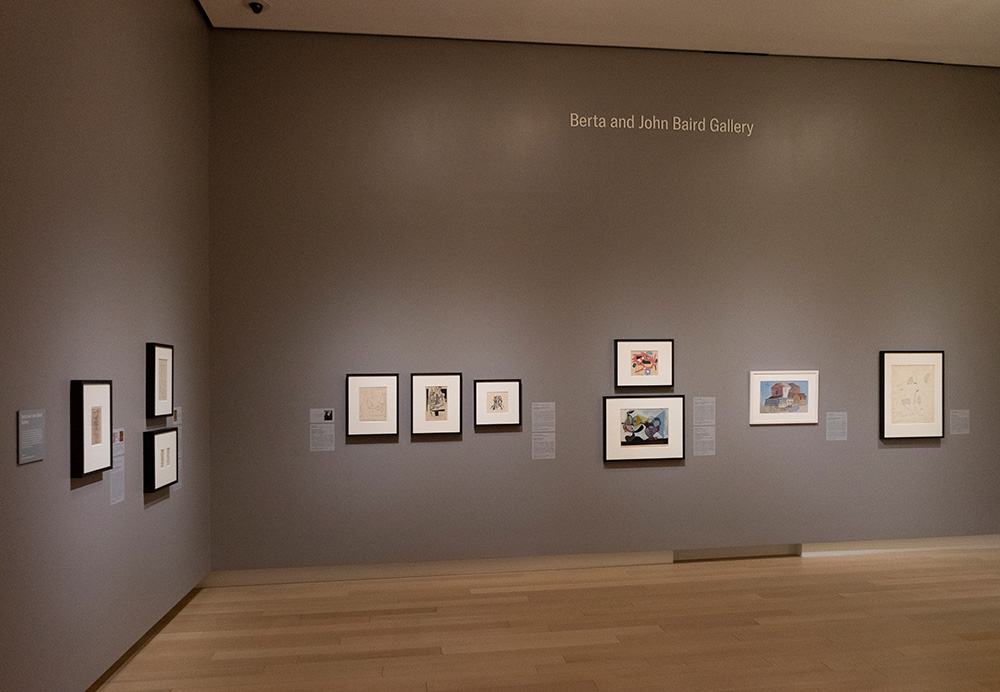
Path to Abstraction: Picasso, Braque, and Cubism’s Impact on Modern Art
The Arkansas Museum of Fine Arts is pleased to announce the arrival of two major paintings by Pablo Picasso and Georges Braque, on loan from the Cleveland Museum of Art in Ohio, that are the centerpiece of an intimately scaled exhibition showcasing rarely seen AMFA Foundation Collection works.
Fan, Salt Box, Melon (1909) is a still life Pablo Picasso painted during Cubism’s formative years. The artist broke space into dense wedges as if, like the cut melon, he dissected the painting’s entire contents into jagged forms. Picasso’s co-conspirator in developing Cubism, Georges Braque, claimed less fame for their collaboration but made major contributions to the style. Braque’s Guitar and Bottle of Marc on a Table (1930) is a large example of later Synthetic Cubism, a phase characterized by decorative patterning and flat, overlapping shapes.
Picasso and Braque borrowed heavily from non-Western sources, particularly African sculpture, as they developed their new forms. They also witnessed Paul Cézanne’s posthumous exhibition in 1907, a career retrospective that shook Paris’s avant-garde. French art critic Louis Vauxcelles coined the term “Cubism” in describing Braque’s Cézanne-inspired landscapes the following year, and the influence is also strongly evident in Picasso’s Fan, Salt Box, Melon.
Picasso and Braque made experimental chess moves against each other as they worked to undo painting as an illusionistic window on the world. Instead, the two artists combined multiple perspectives and angles into one spatially complicated image. Soon, they added newspaper, sheet music, chair caning, and other found elements to further question the reality of painting. Together, Picasso and Braque moved through phases of Analytical Cubism (circa 1909–1912) and Synthetic Cubism (circa 1912–1914) until their collaboration ended in August of 1914 when Braque enlisted to fight in World War I.
Cubism did not end there, however. It ushered in a geometric language that spread to other countries beyond France and morphed into new movements.
The two major paintings from Cleveland anchor an exhibition of more than 25 rarely seen works on paper from AMFA Foundation’s collection. The exhibition comprises well-known artists, as well as lesser-known artists with fascinating biographies.
Early examples include crisp line drawings by Spanish painter Juan Gris, who quickly adopted the Cubist style, a buoyant blue landscape by Jean Metzinger, colorful collage by Georges Valmier, and a bold charcoal drawing by Jeanne Rij-Rousseau. Drawings by Blanche Lazzell and Abraham Walkowitz illustrate the process of breaking down recognizable images—a still life and study of dancer Isadora Duncan, respectively—into Cubist forms. One of the standouts in the exhibition is György János Simon’s portrait of a World War I officer, with soft eyes trained on the viewer from a face faceted like a diamond.
Artists such as Czech-born Jan Matulka and German native Hans Hofmann imported Cubist techniques and became two of the most influential teachers of American abstract artists in the 1930s and 1940s. Cubism continued to influence artists, who adapted it to new abstract forms. Matulka and Hofmann’s works appear alongside examples by their students Dorothy Dehner, Burgoyne Diller, and Carl Holty, each with their own unique styles. Diller’s black-and-white study from the 1940s reminds us that he knew and admired Dutch artist Piet Mondrian, who arrived at his famous grid paintings in the 1920s by working through Cubist still lifes the decade before.
The opportunity to borrow these paintings stems from AMFA having shared two of its own major modernist paintings with the Cleveland Museum of Art from 2020 until 2022— Odilon Redon’s Andromeda (1912) and Diego Rivera’s largest cubist painting Dos Mujeres (1914), both of which are now on view at AMFA.
Sponsors
Path to Abstraction: Picasso, Braque, and Cubism’s Impact on Modern Art is organized by the Arkansas Museum of Fine Arts.






